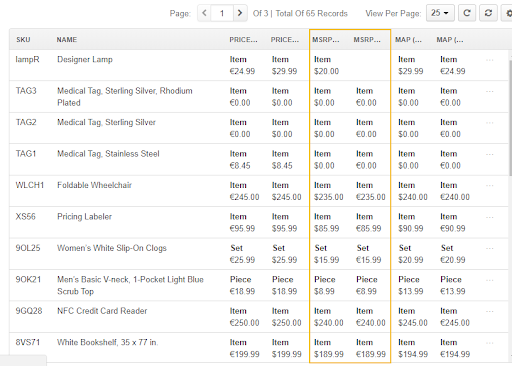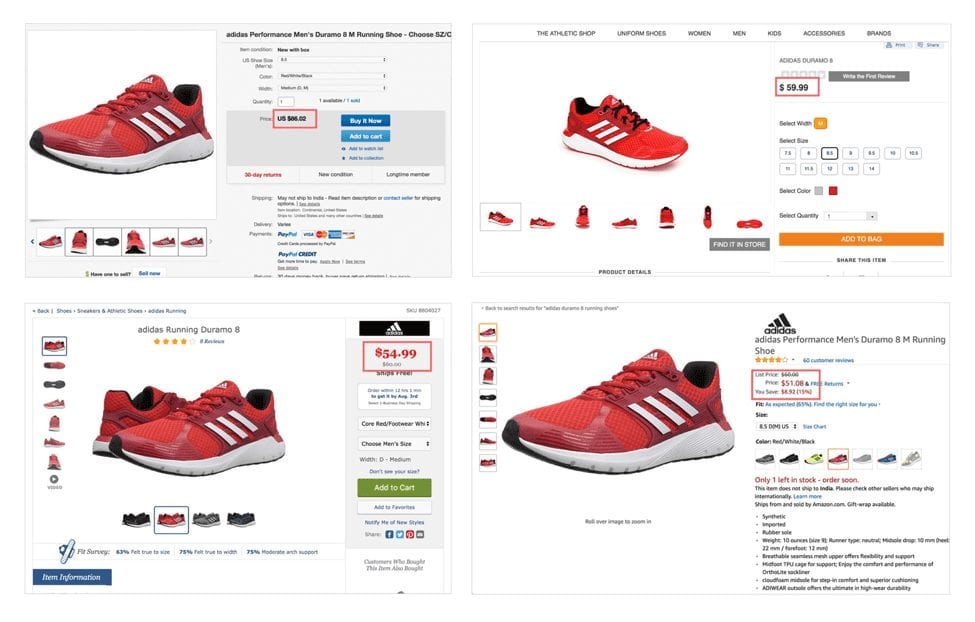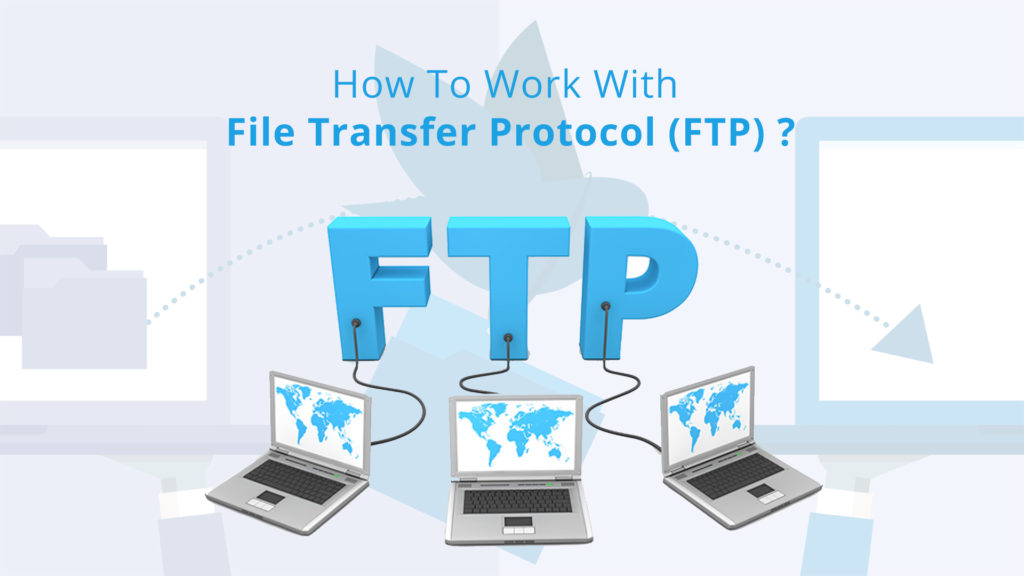We know in any business competition is inevitable. A healthy level of competition will encourage improvement inside the company and ultimately help both it and its clients. However, these days, the competitiveness is so fierce that many companies use price as their primary strategy to grab their customer’s attention. When price plays such an important part in consumer’s decision-making, retailers can often try to offer the products at a meager price. This can harm the brand’s reputation. In such cases, Minimum Advertised Pricing comes into practice.
Here we will discuss what MAP is, how it will benefit you as a manufacturer and seller, how it can help you surface the competition, and how you can create the MAP for your brand.
Table of Contents
1. What is Minimum Advertised Pricing?
First things first, let’s understand what MAP is Set by manufacturers Minimum Advertised Pricing (MAP) is the lowest price at which the retailers can advertise a product. MAP policy is a legal agreement between manufacturers and retailers that safeguards the brand image and fair competition.
For example, if a shoe brand decides the MAP of a certain sneaker to be $70, no retailer be it in-store or online merchant is allowed to sell that sneaker for less than $70.
2. Difference Between MAP and MSRP
MSRP refers to the Manufacturer’s Suggested Retail Price. It is the recommended sales price of a product by the manufacturer. It helps in maintaining closely consistent pricing across different.
Some of the Major differences between MAP and MSRP are:
(i) Enforcement Mechanism:
- Minimum Advertised Pricing is enforced by manufacturers. Its violation can lead to strict actions against the violator.
- As the name indicates, the Manufacturer’s Suggested Retail Price is the price “Suggested” by the manufacturer. So there is no compulsion on the sellers to oblige and charge this price only.
(ii) Advertised Price and Selling Price:
- MAP focuses on the lowest advertised price and regulates how the price will be represented in marketing materials.
- MSRP being a suggested selling price allows a room of flexibility for retailers.
(iii) Legal Implications:
- MAP may have legal implications if it is properly designed to comply with Antitrust Law.
- MSRP usually does not carry any legal consequences because it is a suggestion.
3. What is MAP Policy and is it Legal?
MAP policy is a mutual agreement between manufacturers and retailers that safeguards the brand image and fair competition. The violation of this policy hurts the seller’s goodwill and can face strict action.
It is also important to note that in the US the MAP policies are legal under the Federal Antitrust Law. As they regulate and limit the advertised pricing instead of the last sales price. On the other hand in the UK, MAP is not legal and is considered a violation of their current competition laws.
4. Why do a Brand Needs MAP Policy:
With so many sellers selling the same product in the market on price differentiation, it becomes important for the brand to monitor that this competitiveness doesn’t hurt the brand value. Here are 3 prominent reasons for having a MAP policy:
1. Brand Integrity:
When the Minimum Advertised Policy is implemented, the manufacturers ensure that their products do not lose their value by placing too low prices. This further ensures that the brand image is kept premium in front of its consumers.
2. Fair Competition and Product Differentiation Beyond Price:
When a business competes beyond price, it creates an environment of growth and healthy competition. It will encourage the retailers to differentiate based on enhanced customer experience and better services.
3. Predictable Revenue:
MAP provides stability of prices and thus allows the manufacturers to predict their revenue. With this consistency in pricing, they can plan their inventory, promotion, and investment in R&D.
5. How to Create and Enforce MAP Policy for Your Brand:
After understanding why a business needs a MAP policy, now are you wondering how you can create and enforce this policy for your own business?
Firstly you need to understand that Minimum Advertised Pricing is not a universal policy. So don’t try to use any generalized template for it. Consult an Antitrust lawyer who will guide you with the legal stuff. Here are some of the tips you can use.
(i) Design a Distinct policy:
Every organization is different, with distinct aims and objectives. So various factors of your business will affect your policy. Like the size of your business, product type, and expenditure you are willing to make. Remember this policy will be your guidelines so make sure to personalize it according to your business needs.
(ii) Understand the WHY of this policy:
If you want to craft the MAP policy for your brands you might be facing some problems and this policy will act as a solution. So before designing this policy understand what you want to achieve with it. Eg. Are you facing too many price variations between sellers? Or are the products often advertised at too low a price, which is creating doubt about your brand value in the minds of your customers? Understand this and then proceed.
(iii) Retailer Friendly Guidelines:
MAP policy often forces the retailers to sell at a lower price and thus can lead them to loss at times. So the brand should also introduce cooperative funds for the compliant retailers which will help them cover their marketing costs. This also ensures that the retailers comply with the policy as this fund can be taken back if they breach the policy.
Also, have clear exceptional times when the price can drop off the MAP policy, like festive seasons. If you respect the retailer’s interest in the policy, it won’t be a challenge to enforce it.
(iv) Tracking Penalties for Policy Violation;
Just as there should be guidelines in favor of retailers, the policy should also include the penalties the violator can face. It should not be too lenient, it may leave plotholes for retailers to exploit the policy. Neither should it be too strict that they back off from too many restrictions. Depending upon the severity of the issue, consider sending a warning before cutting off a seller completely. This step will help in tracking and keeping the accountability of policy enforcement.
(v) Amazon Brand Registry:
Nowadays with growth in e-commerce, Amazon has become one of the major marketplaces for sellers. It becomes difficult to keep track of so many retailers on such a big platform. Here comes the Amazon Brand registry into practice. It is designed for the brands to help safeguard their trademark. Once a brand is registered, the owner can control their product listings and actively search and report any potential violators.
(vi) Monitoring:
Only crafting and implementing the policy won’t solve your problems. Consider investing in advanced monitoring tools. It will help in tracking the advertised pricing better.
That’s it!
Here we have handed you all the required information about the Minimum Advertised Pricing. Hope that this article helped you understand the benefits of having a MAP policy, how to implement it, and enjoy its benefits as a manufacturer and retailer.
Conclusion
Manufacturer-set Minimum Advertised Pricing (MAP) policies can significantly impact the way you do business and should be top of your mind for your pricing and marketing activities. Tools such as Price intelligence software and Ad Intelligence tools can help you scan marketplaces like Amazon, Google Shopping, Target, and even your close competitor’s website across multiple countries, providing insight into their pricing and product specifications.
These insights will enable you to formulate good Minimum Advertised Pricing guidelines. These tools also offer capabilities such as MAP compliance monitoring and violation alert services, which are important for implementing successful MAP policies. A good MAP solution firm will evolve its offerings with changes in the marketplace and suggest best practices for creating a sound MAP price compliance and reward system.
FAQ
1. What is the minimum price in pricing?
The minimum price, on the other hand, is the lowest price at which a product is sold. In some cases, the minimum price may be lower than the modal price, indicating that there is a range of prices at which the product is being sold.
2. Why set a minimum price?
The government might set a minimum price where the consumption or production of a good is to be discouraged. This ensures the good never falls below a certain price. For example, the government might impose a minimum price on alcohol, so it is less affordable to buy it.
3. Why do we have a minimum price?
Minimum prices or price floors are the minimum legally allowed prices for a good set by the government. They are established for the benefit of producers/suppliers of essential goods such as wheat and milk. Another good example are minimum wages set in the labour market.




